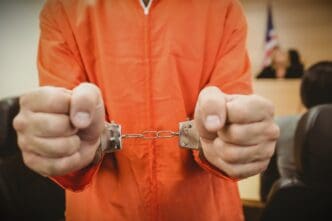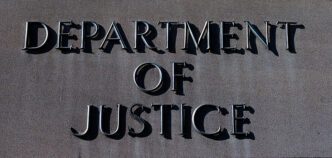A tragic helicopter crash into the Hudson River resulted in the deaths of a Spanish family and their pilot, who were on a sightseeing tour to celebrate the birthday of one of the family’s children. The family consisted of Agustin Escobar, the CEO of Siemens Spain, his wife Merce Camprubi Montal, and their three children, aged 4, 8, and 10. The crash occurred during what was intended to be a memorable birthday experience for the 8-year-old. The pilot reportedly indicated he was low on fuel moments before the crash, which took place around 3:15 p.m. on the New Jersey side of the river.
The helicopter, operated by New York Helicopter, departed from the Downtown Manhattan Heliport shortly before 3 p.m. The pilot managed to radio a distress message indicating a need for fuel and an imminent landing plan. Despite this, the helicopter never reached its destination, and a subsequent search found it submerged upside down in the Hudson River. Emergency teams responded swiftly, but the crash resulted in no survivors from the flight.
The incident has prompted investigations by the Federal Aviation Administration and the National Transportation Safety Board. Preliminary reports suggest that the helicopter, a Bell 206, encountered issues as it flew south along the New Jersey side of the river after an initial northbound journey to the George Washington Bridge. The entire flight lasted under 18 minutes before the helicopter went down near Hoboken.
New York Helicopter, the company behind the flight, has faced financial difficulties in recent years, filing for bankruptcy in 2019. Reports indicate significant debts, including those related to maintenance services, and customer reviews have criticized the company for inadequate safety checks and poor customer service. Past incidents involving the company include a 2013 crash into the Hudson River due to mechanical failures, although no injuries were reported at that time.
The Human Angle
This tragic event serves as a stark reminder of the risks associated with aerial tours and the importance of adhering to stringent safety protocols. The loss of a family engaged in what should have been a joyous occasion underscores the unpredictable nature of such excursions. For many, the crash may instill a heightened awareness of safety precautions when considering similar tours, prompting more rigorous questioning of a tour operator’s safety record and emergency procedures.
For communities and industries reliant on tourism, this incident may lead to intensified scrutiny and possible regulatory changes aimed at enhancing passenger safety. It could lead to calls for greater transparency in the maintenance and operational standards of sightseeing helicopter tours. Furthermore, the emotional impact on those involved in the rescue operation, as well as the broader community, highlights the significant human cost of such accidents, beyond the immediate victims.






